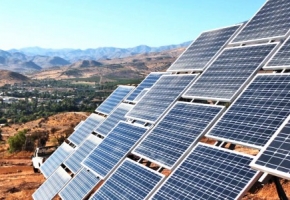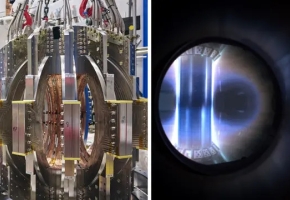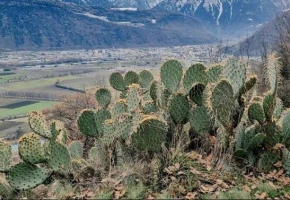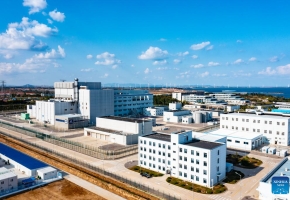Drought in the Brazil's Cerrado is the worst for at least seven centuries

A study conducted by researchers at the University of São Paulo (USP) in Brazil shows that the Cerrado, Brazil's savanna biome, is experiencing the worst drought for at least 700 years.
The effects of global warming have been particularly intense in the central region of the country, where the rise in temperatures is about 1°C higher than the 1.5 °C global average. This has produced hydrological disruptions because the temperature near the surface is so high that a significant proportion of any rain that falls evaporates before it can penetrate the soil, leading to changes in the pattern of rainfall, with fewer but extremely heavy rainstorms and less aquifer recharging. The drought could dry up the tributaries of the São Francisco, the largest river in the basin of the same name that spans seven Brazilian states.
The researchers analyzed records of temperature, rainfall, streamflow and hydrological balance from the Januária weather station, one of the oldest in the state of Minas Gerais, with records dating from 1915, and correlated them with variations in the chemical composition of stalagmites in a cave in the nearby Peruaçu Caves National Park.
"We used geological data to extend the perception of drought caused by global warming to a period long before the weather station's records began, and were able to reconstitute weather patterns as far back as seven centuries. This proved that the Cerrado is drier than it was and that the dry weather is associated with the disruption to the hydrological cycle caused by the rise in temperature due to human activity, especially greenhouse gas emissions" Francisco William da Cruz Junior, a professor at the Institute of Geosciences (IGC-USP), told Agência FAPESP.
Source: Nature Communications
Image: The Cerrado savanna







